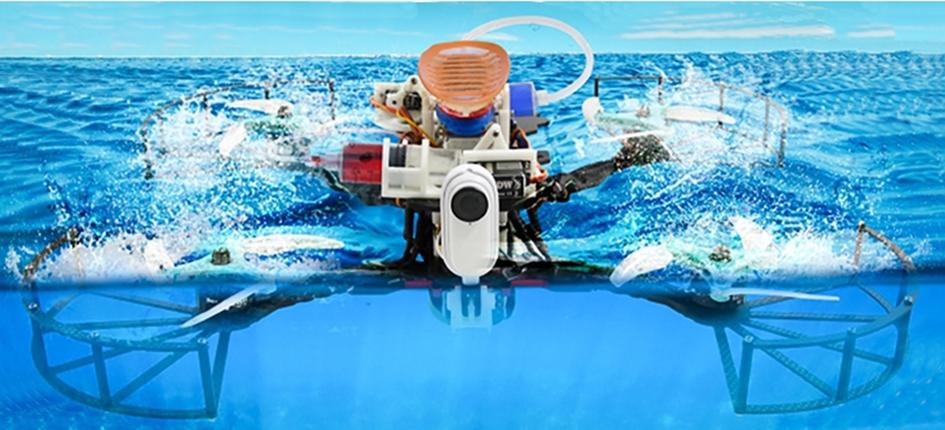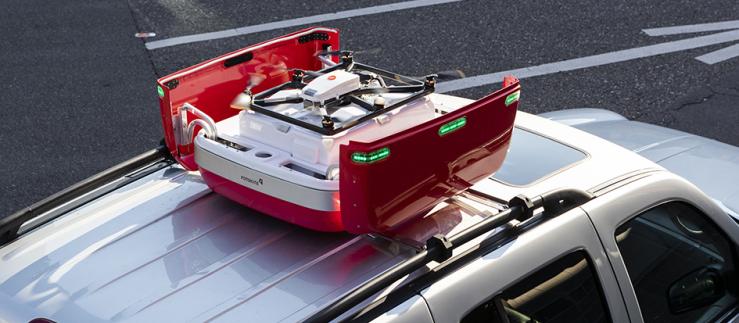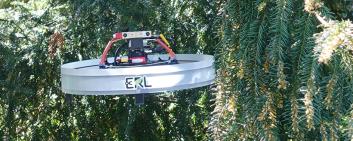Using an innovative propeller design, a newly developed drone can switch from an underwater drone to an aerial vehicle in less than a single second. The drone was developed by a team of researchers from the Swiss Federal Laboratories for Materials Science and Technology (Empa), Imperial College London and the Beijing-based Beihang University. The robot operates without a base station and is designed to carry out ecological monitoring of marine ecosystems. With its bio-inspired adhesive disc, the robot can hitch a ride on a floating host vehicle or even on a diving whale to capture video footage of the seabed as well as marine animals and underwater vegetation.
“Our study shows how we can take inspiration from the adhesion mechanism of the Remora and combine it with aerial robotics systems to achieve novel mobility methods for robotics”, comments Mirko Kovac in a press release issued by Empa. Kovac heads up both the Materials and Technology Center of Robotics of Empa, which is based in Dübendorf in the canton of Zurich, as well as Aerial Robotics Lab at Imperial College London.
The international team’s study entitled “Aerial-aquatic robots capable of crossing the air-water boundary and hitchhiking on surfaces” was published on May 18 in the science journal “Science Robotics”. The “hitchhiking” robot consumed nearly 20-times less energy than would have been the case with self-propulsion. During the tests, the researchers were able to demonstrate that “the robot can hitchhike, record video during air-water transitions, and perform cross-medium retrieval operations in both freshwater and saltwater environments”, Empa writes in the press release.







